Search
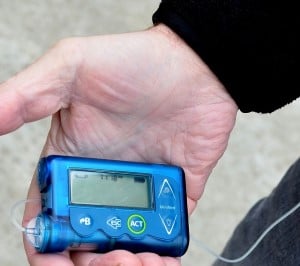
News & Events
CGM start-up sessionsDiabetes WA is providing free ‘start-up’ information and training sessions for families new to CGM, in partnership with PMH.

News & Events
Diabetes link to deadly diseasesNew research led by The Kids' PhD student Matthew Cooper has found that some children with T1D have an increased risk of developing vascular diseases.
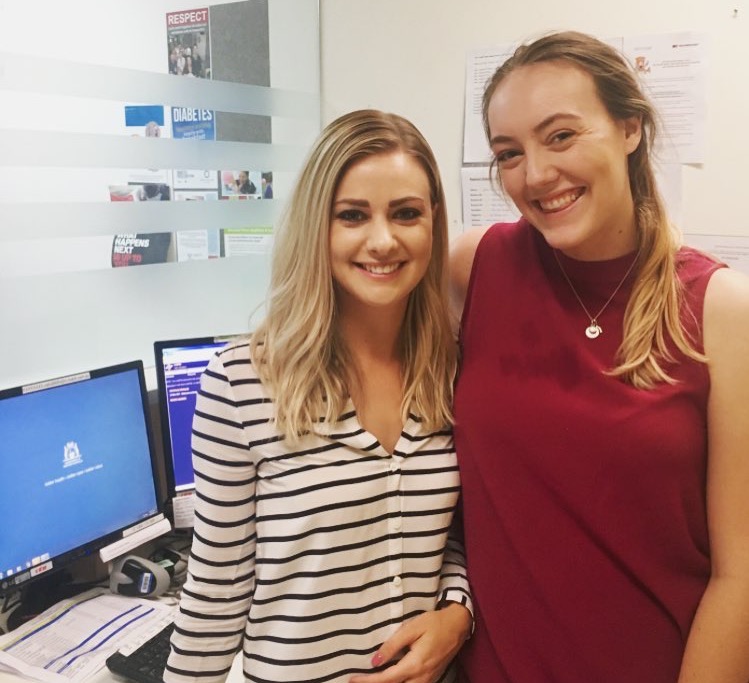
News & Events
New facesThere are two new faces at the front desk at the PMH Diabetes and Endocrinology clinic so don’t forget to introduce yourself and say hi next time you visit.
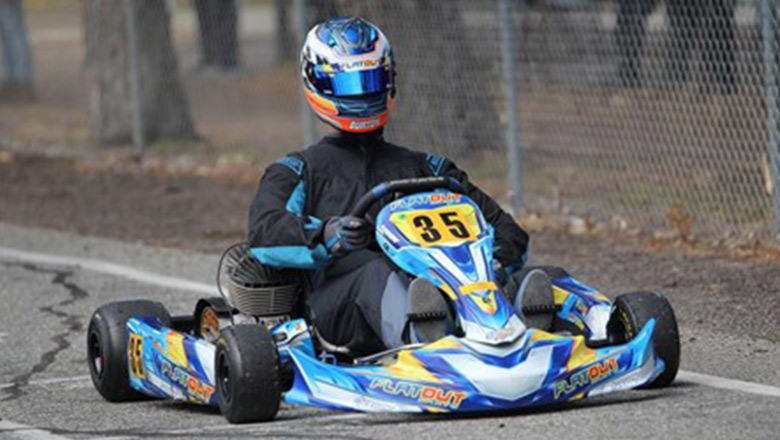
News & Events
Jake's diabetes journeyJake's diabetes journey Age when diagnosed; two years-old, almost three.
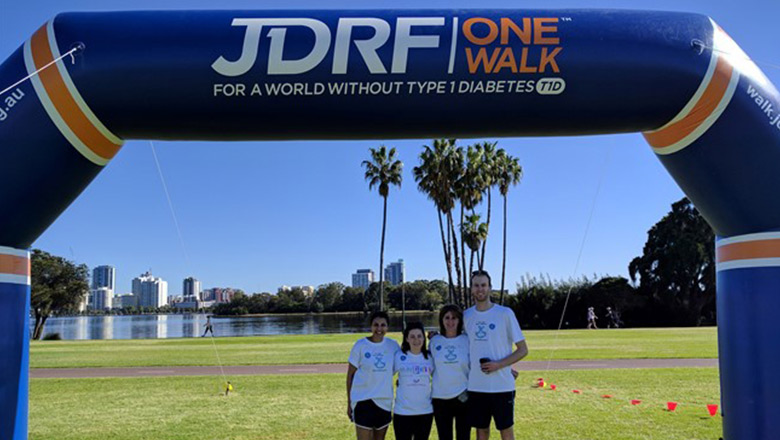
News & Events
JRDF One WalkPatients, families and our centre staff members took part in JDRF's One Walk last October to raise funds for type 1 diabetes research.
News & Events
For all of our budding young actors…We are looking to create exciting new online resources for our families to utilise, which will include how-to videos, as well as patient perspective interviews.
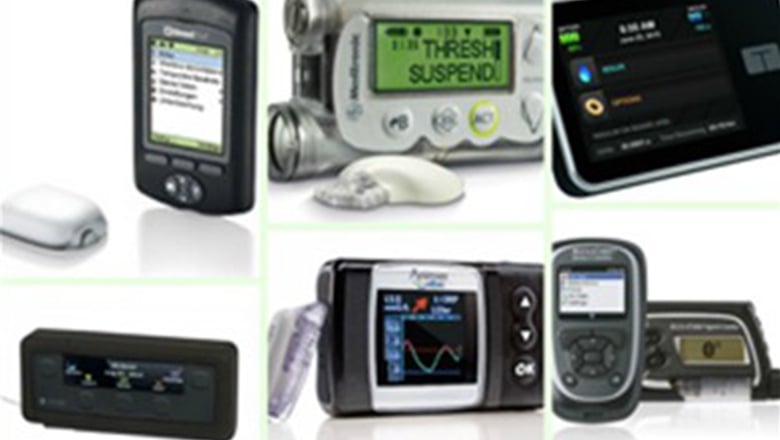
News & Events
Interested in insulin pump therapy but not too sure where to start?Here's a brief guide on how to apply for insulin pump therapy.

News & Events
Diabetes Australia appDiabetes Australia have released an app to make living with or caring for someone with diabetes a little easier.
Privacy Policy // <![CDATA[ (function (w,d) {var loader = function () {var s = d.createElement("script"), tag = d.getElementsByTagName("script")[0];
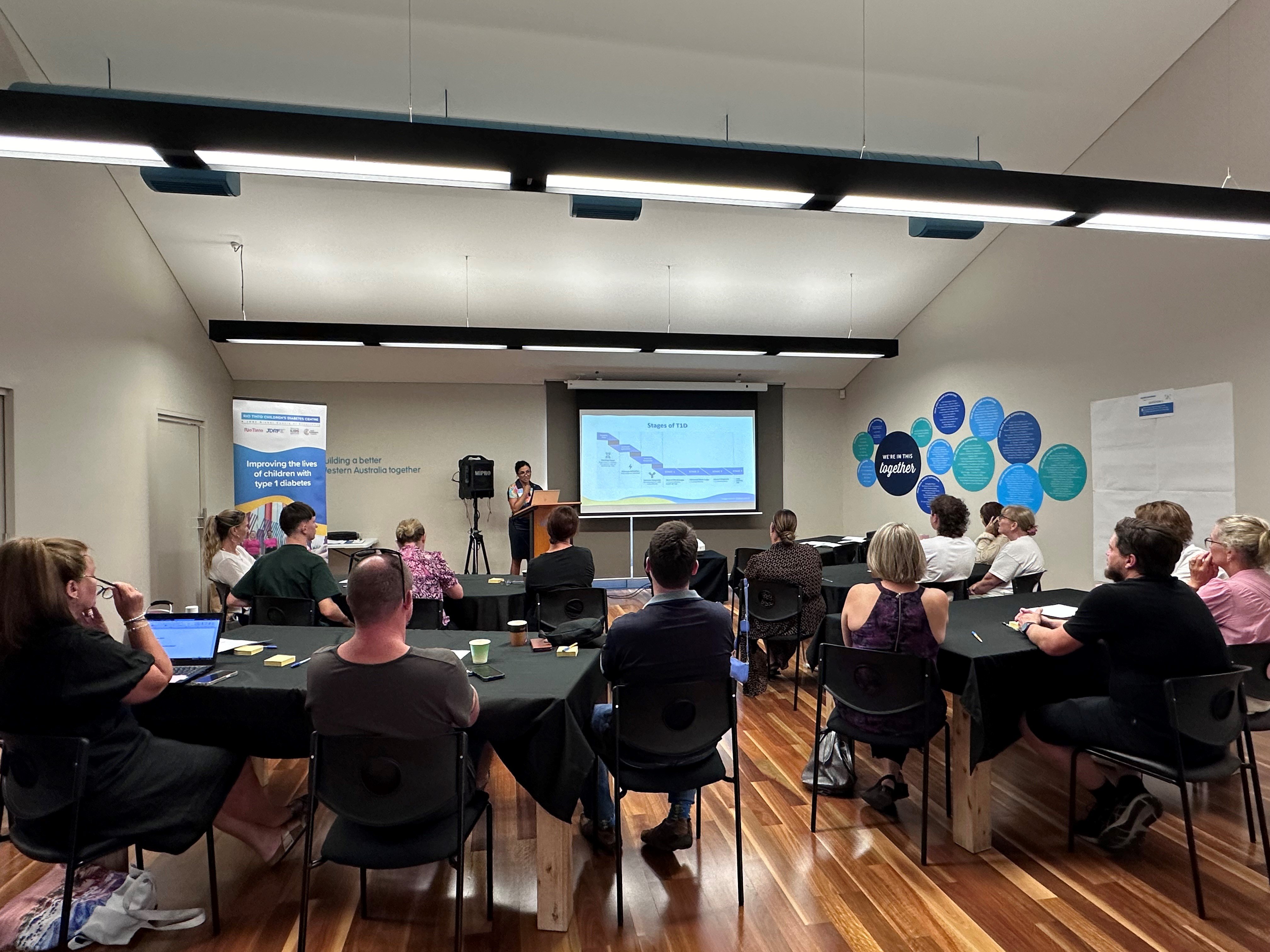
Find out how to participate in our research and community groups.
